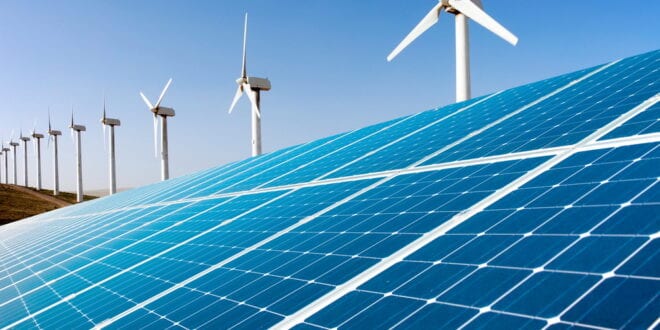The COVID-19 crisis is a serious threat to global projects that focus on the development of vital technologies needed to develop clean energy and accelerate the race to achieve net-zero goals within the next few decades.
According to a recent survey conducted by the International Energy Agency (IEA), companies in the energy industry that are in the process of developing net-zero emissions technologies believe that their research and development (R&D) budgets will be negatively impacted as a result of the economic crisis created by the pandemic.

The reality is that unless there is a worldwide acceleration in clean energy innovation efforts, and increased investment, the many countries and targeted companies around the world that have pledged to reduce carbon emission to net-zero before 2050 simply won’t be able to do so. The IEA talks about a “valley of death” that needs to be bridged so that infrastructure can be built and established.
But the International Energy Agency also offers solutions.
At the forefront of the mission to meet global net-zero targets as soon as possible, the IEA has released a special report (July 2024) on clean energy innovation that incorporates a comprehensive new tool that analyses the market readiness of hundreds of clean energy technologies. It also offers a number of key innovation principles designed to guide policymakers and those who are making decisions about investment.
Innovation Principles Going Forward
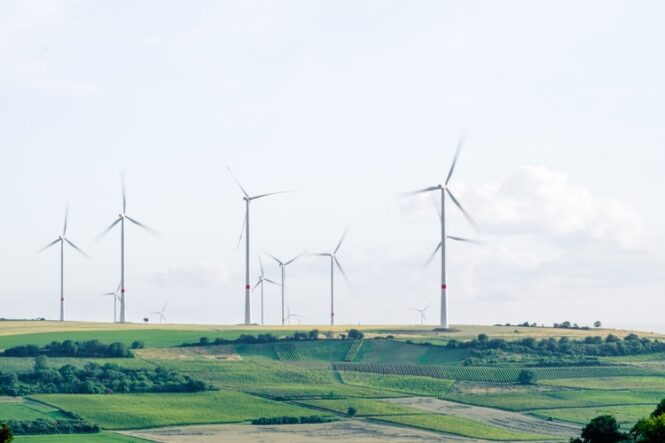
Aiming to help governments and other key leaders in the energy sector achieve net-zero emission goals, the IEA has identified five principles that will also help to improve energy security.
- Track, adjust, and prioritize the processes needed to select technology portfolios to ensure that they will be advantageous with local needs.
- Increase private, market-led innovation, and public R&D so that increased funding is available for new technologies.
- Ensure that all components and links in the value chain are advancing systematically towards new market applications. Spillovers (see below) are also exploited.
- Enable the construction and creation of infrastructures by mobilizing private finance and sharing the many investment risks involved.
- Share resources, experiences, and best practices globally via new and existing multi-lateral platforms.
Governments should be able to shorten innovation cycles by applying these five principles, and ultimately reach net-zero emission goals.
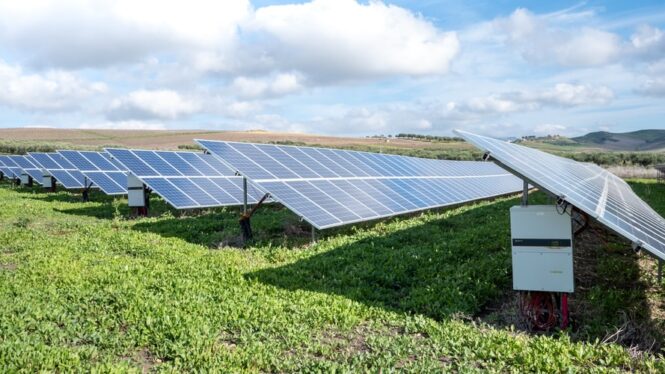
The IEA has also defined key concepts that are closely related to innovation. These include:
- Technology in the form of any device or process that produces, stores, and/or distributes energy. Additionally, there are more specific references to technology, for example, technology applications like renewable power, technology components like smart inverters, technology types including solar photovoltaic (PV), and technology design including perovskite cells.
- Technology innovation involves applying science and knowledge in a practical manner to improve the performance of various tasks. The process incorporates R&D as well as learning-by-researching and learning-by-doing and is usually measured by things like cost, user-friendliness, and energy-efficiency.
- Technology innovation systems that determine the stages of any innovative process for a technology system. These are dynamic and evolving factors that are both tangible and intangible. They comprise the innovators as well as those who use or finance the systems.
- Learning-by-researching is simply R&D dedicated to the search for new, in this instance, clean energy ideas and, if feasible, the development of these into prototypes. If the project is viable, it will result in the development of products and services.
- Learning-by-doing results in accumulated knowledge from experience, by undertaking the various activities learned by research.
- Economies of scale are related to the mass production of goods and products that are similar, even if they are not used for the same purpose, pipelines for example.
- Forgetting-by-not-doing – a negative concept that leads to production being interrupted or a new technology being lost even if considerable knowledge had already been accumulated. This generally adds to increased unit costs if development continues after the interruption.
- Spillovers that increase innovation rates in areas that weren’t originally the target of innovative activity. They are commonly a direct result of learning-by-researching and learning-by-doing and they often result in incorporating new principles in existing applications. For example, lithium-ion batteries were originally developed for consumer goods but were later refined for use in vehicles.
- Public goods market failure that leads to a reduced incentive for the private sector to invest in innovations because specific knowledge is easily available in the marketplace. One response to this is public spending on R&D and patents.
- Materiality, which refers to a threshold of technologies beyond which they can be more easily deployed in the next stage of development. Defined in the report as 1% of the national stock in a specified sector, it is a threshold above which the technology will make a material impact on supply chains.
The COVID-19 Crisis and Clean Energy Innovation
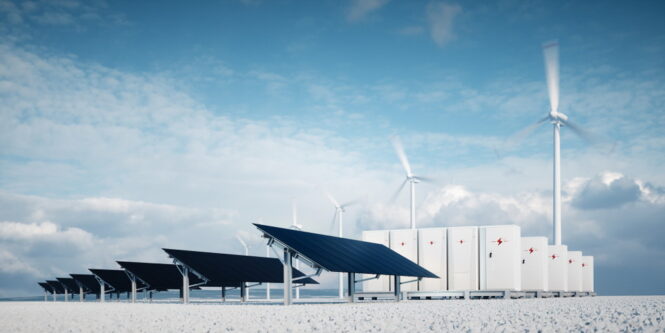
Some critical issues need to be considered in the context of the coronavirus crisis. One vital area is R&D funding from now through 2025, and the IEA report emphasizes that it should be done at planned levels and increased in strategic areas. It is essential that early-stage technologies are stepped up since research indicates that about half of the additional emissions reduction in 2050 concerning current policy plans would come from innovative technologies that haven’t reached the market yet. Some are at the prototype stage, while some probably haven’t even been imagined yet.
If progress isn’t accelerated now, the transition to net-zero emissions will be delayed more and more. An increased pace of innovation depends on global government policies and any delays following the COVID-19 crisis are going to put additional pressure on governments down the line.
Warning that the coronavirus pandemic could either speed up or cripple energy innovation efforts – depending on the action taken by multiple governments – the report shows that about 750 000 energy R&D jobs could be protected if governments fulfill the pivotal role that they should be playing. Despite the major setbacks COVID-19 has caused clean energy innovation efforts, the economic recovery plans recommended globally by the IEA offer unexpected opportunities.
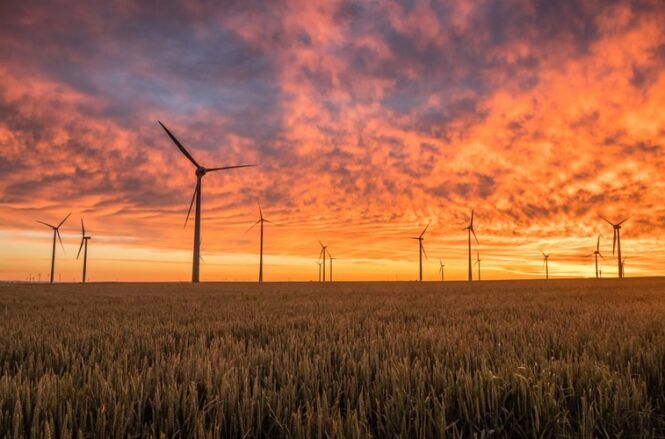
In the context of the pandemic, the report urges governments to use the five key principles to boost economic activity as quickly as possible. The health crisis has impacted economies worldwide, but by redefining opportunities for innovation, and reshaping future energy to make it cleaner, renewable, and sustainable, the IEA report shows how low-carbon options for long-distance transport and heavy industry could be available within the next decade, to 2030.
Technology innovation can be used to drive structural change that will attract investment and bring economic benefits together with sustainable energy systems. So, instead of bowing to the threats of the pandemic, we need to look ahead and stimulate growth and change in new technology areas. We also need to focus on the health of buildings, including air quality and renewable energy systems.
The COVID-19 crisis represents risks and opportunities for clean energy technologies and every person working in a related field, for example, a mechanical engineering firm like New York Engineers, a company that specializes in energy R&D, or a business that researches and motivates clean energy innovation investments.
On a global scale, there is hope.
 Imagup General Magazine 2024
Imagup General Magazine 2024
